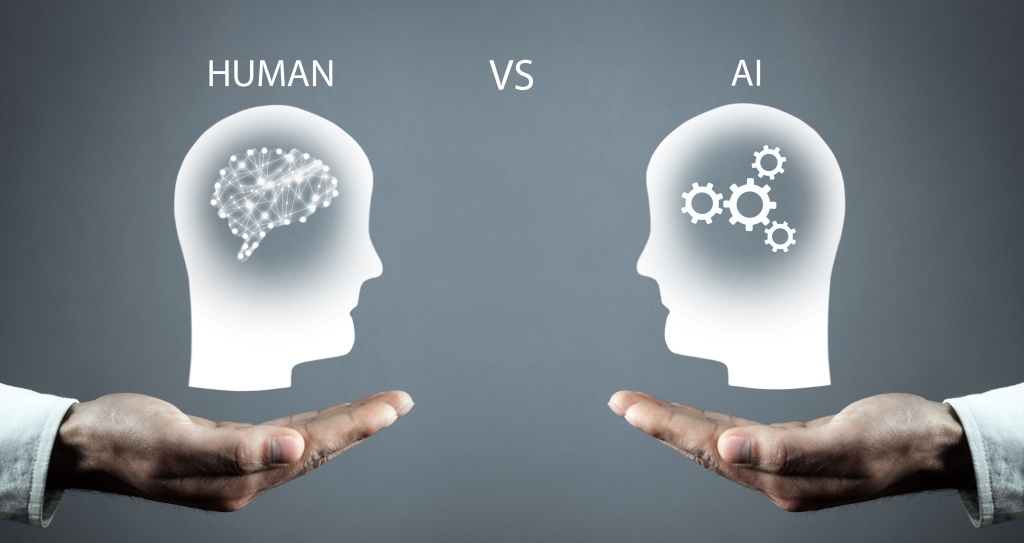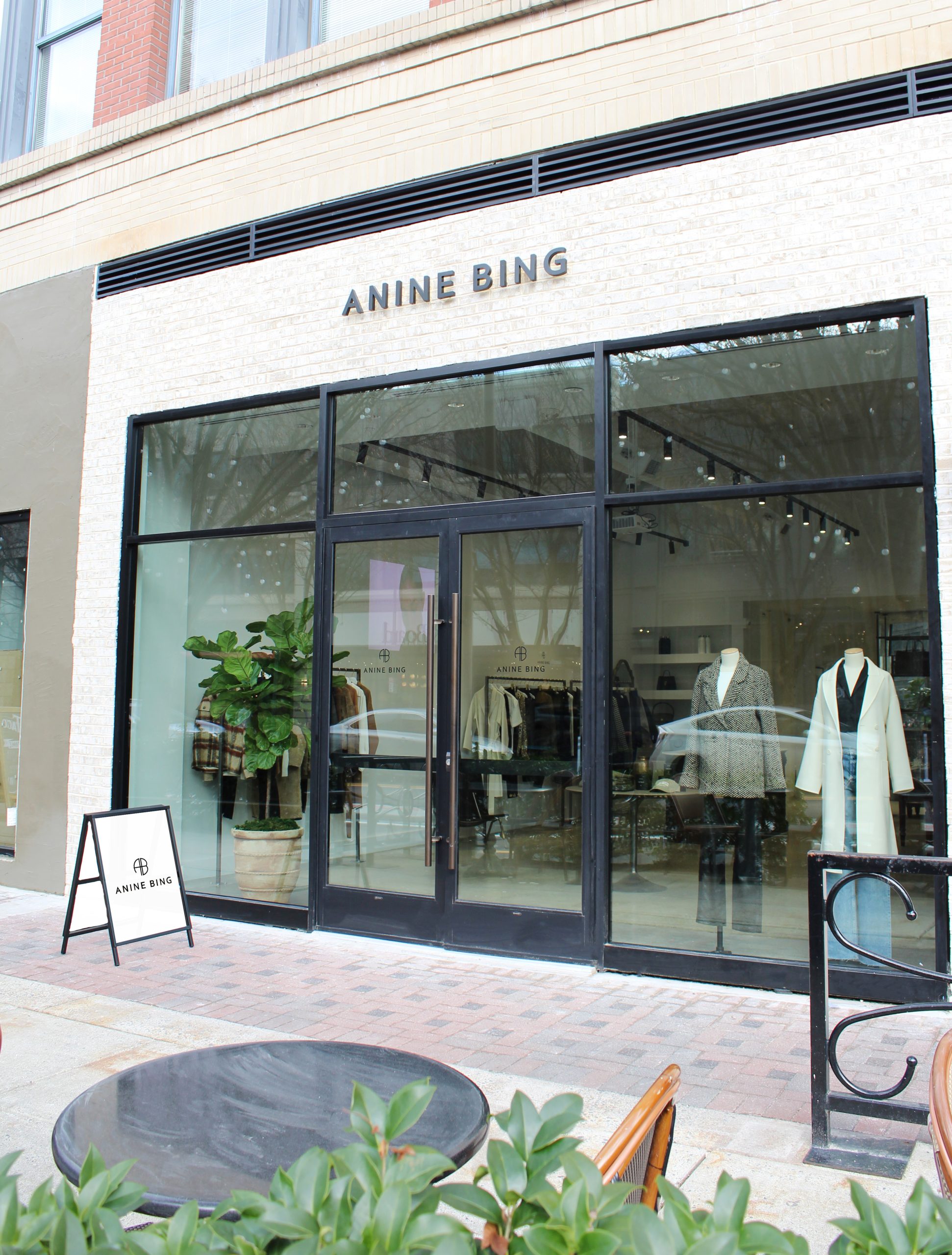[ad_1]
As the buzz around ChatGPT continues, communication academics and experts say the AI-generated technology has uses for marketing and content creation but is far from replacing human creativity.
This assessment was also found by researchers in Korea, who studied AI in fashion and textile design. The study compared human and AI-generated designs. And while they were similar, humans have an edge, the report found, while concluding that AI can help designers in the creative process. And it could open the door for nonprofessionals to create their own fashion designs.
In a study from Pusan National University, researchers explored using “collaborative artificial intelligence models” in fashion design. They discovered that AI has “a wide range of applications in fashion, from increasing efficiency of processes and reducing waste to improving the industry’s overall functioning,” authors of the report said in a statement, adding that while creative processes are not often automated, AI can help in the creative process of design. AI-powered creative technology can also play a role in fashion design education.
The study noted that AI is used in personalization, such as apps or websites that offer fashion recommendations. AI is also used to optimize the supply chain and for automating various functions in manufacturing, logistics and fulfillment.
The research was conducted by Yoon Kyung Lee, an assistant professor at Pusan National University. Published in the December edition of the academic journal ScienceDirect, it was titled “How complex systems get engaged in fashion design creation: Using artificial intelligence.”
The impetus behind the research was to see if AI can augment the creative process. In a statement last week, Lee said “at a time when AI is so deeply ingrained into our lives, this study started instead with considering what a human can do better than AI. Could there be an effective collaboration between humans and AI for the purpose of creative design?”
The first step was to generate new textile designs that used “deep convolutional generative adversarial networks (DC-GANs) and cycle-GANs,” the report noted. “The outputs from these models were compared to similar designs produced by design students.”
Lee said the comparison between the human-created designs and those generated by AI showed that while both designs were similar, “the biggest difference was the uniqueness and originality seen in the human designs, which came from the person’s experiences. However, using AI in repetitive tasks can improve the efficiency of designers and frees up their time to focus on more high-difficulty creative work.” Lee said it was worth creating a “human-AI collaborative” model that integrates GANs with human creativity.
The human-AI model would include sharing design ideas with other designers, thereby creating an interconnected and evolving creative platform.
Lee said in the future, “everybody will be able to be a creator or designer with the help of AI models. So far, only professional fashion designers have been able to design and showcase clothes. But in the future, it will be possible for anyone to design the clothes they want and showcase their creativity.”

Researchers from Pusan National University in Korea have conducted an in-depth study exploring the use of collaborative AI models to create new designs and the engagement of complex systems. This encourages human-AI collaborative designing, which increases efficiency and improves sustainability. Chart courtesy of the university.
[ad_2]
Source link




